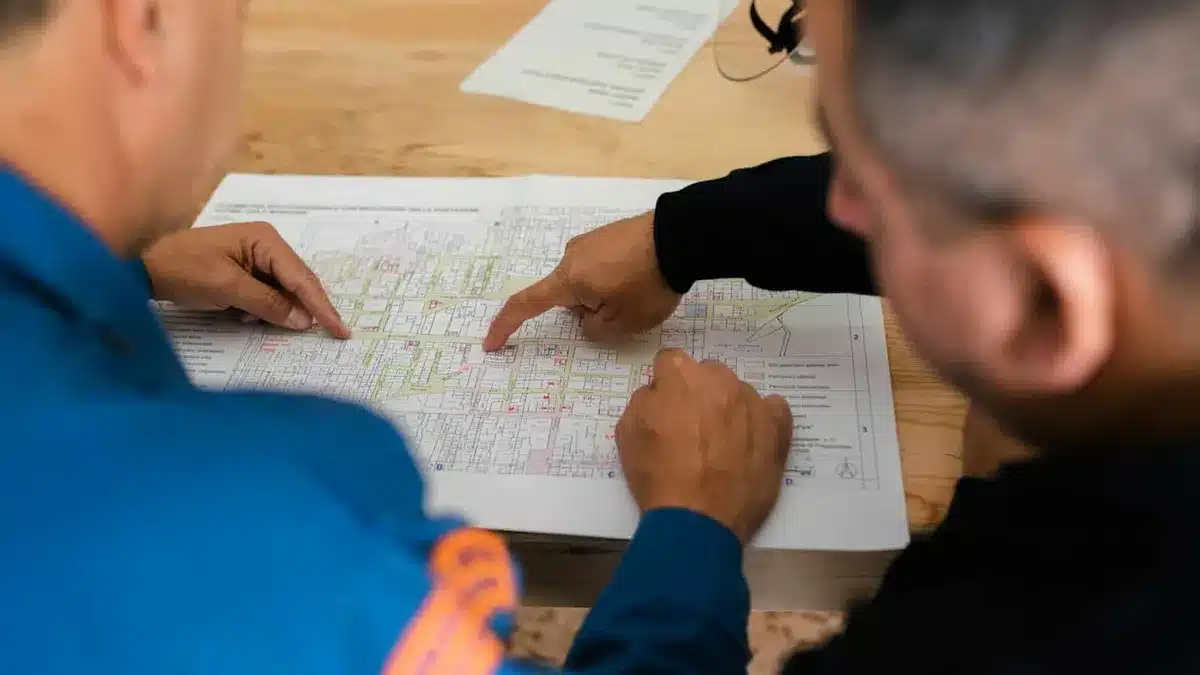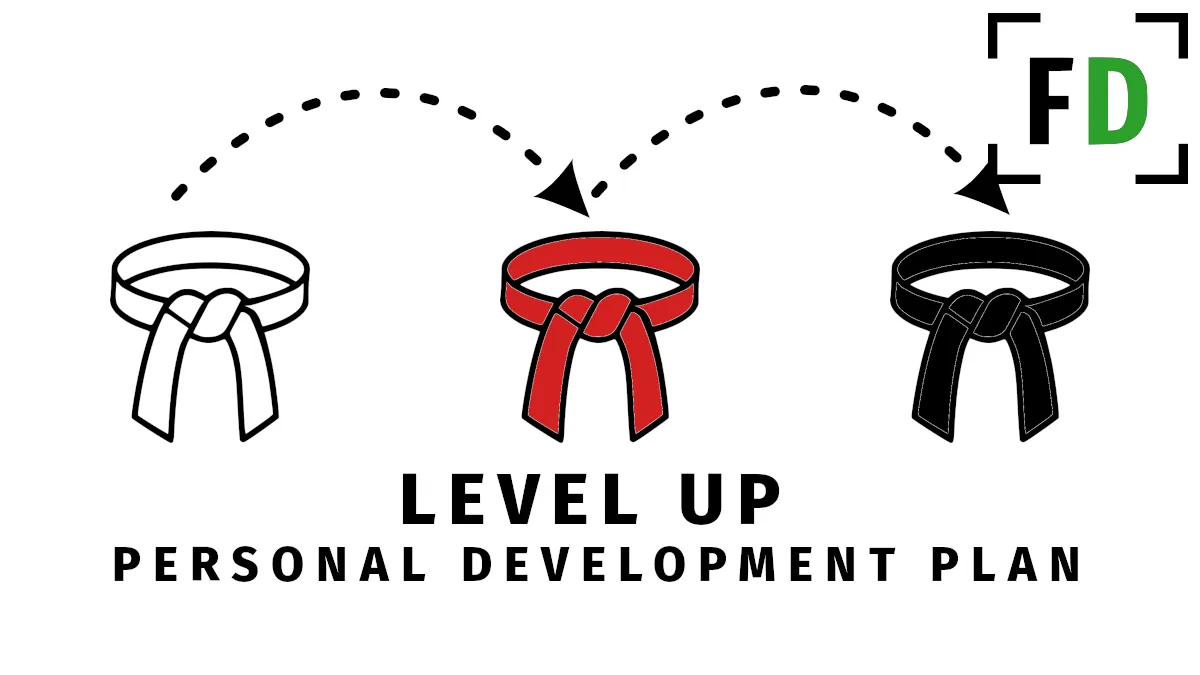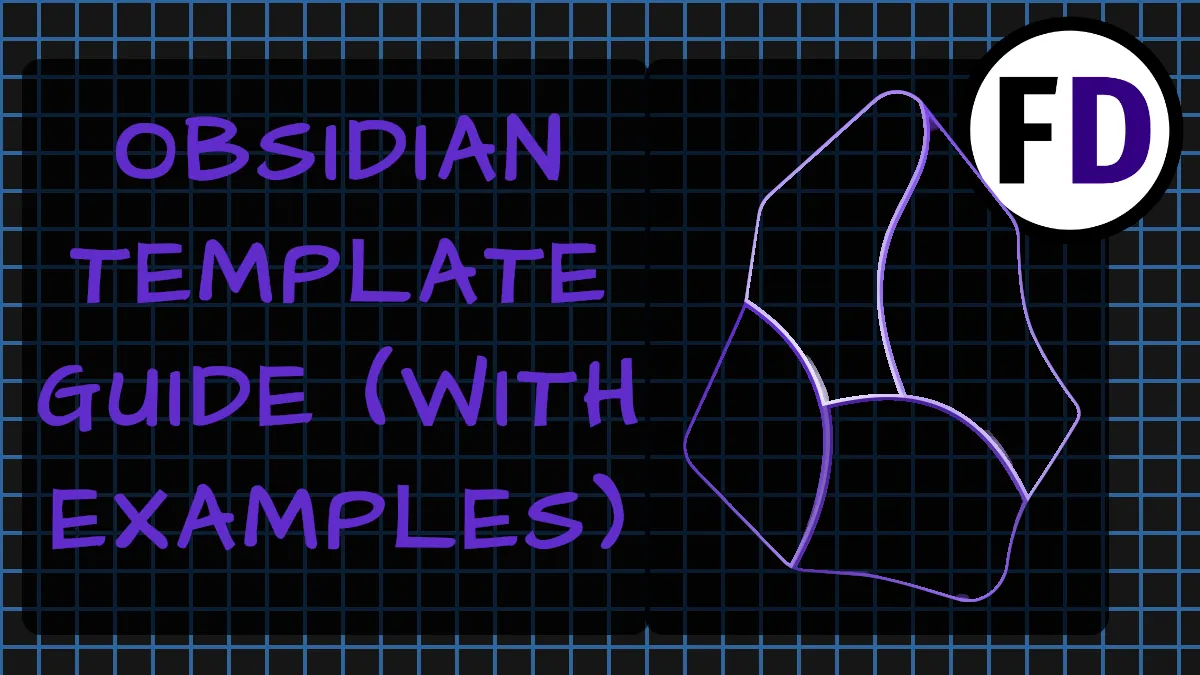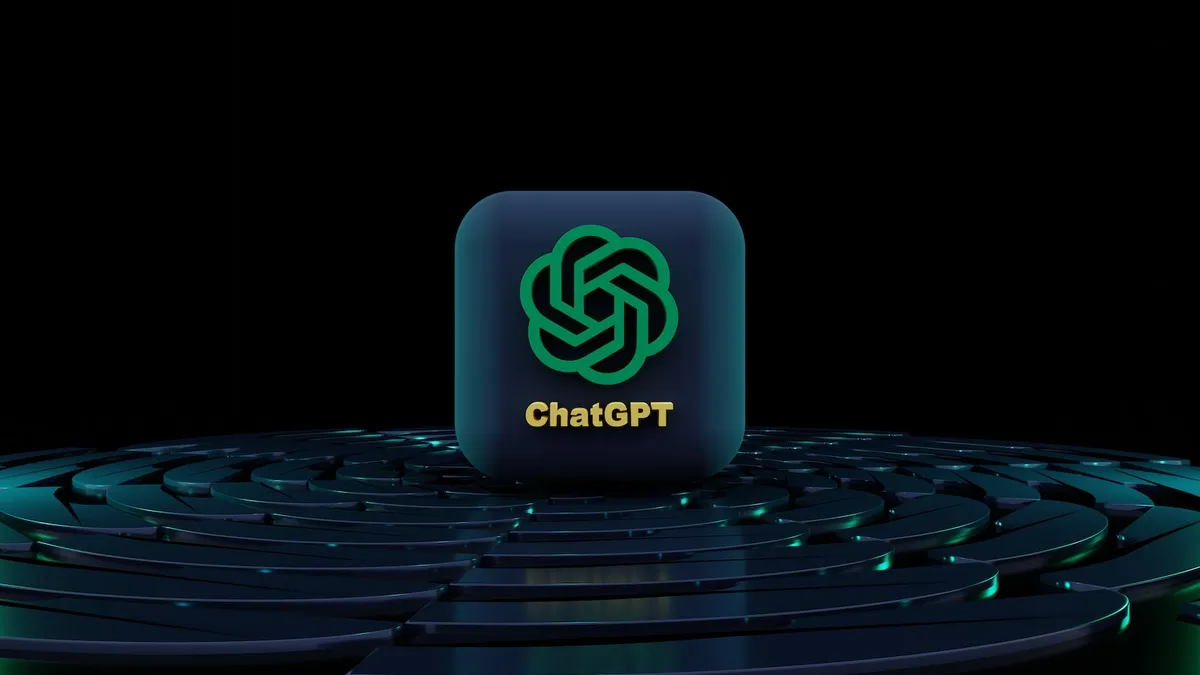Are you still randomly scribbling things down in class, never to look at them again? Do yourself a favor, and learn how to take better school notes today, then it’ll be a skill you’ll have forever. You’re paying all that money for tuition. Why not actually learn something? Taking notes you can refer to and memorize key facts from is vital to getting the grades you deserve.
Before getting into the methods for taking great school notes, there are some things you should do before the bell rings.
Table of Contents
- Give Yourself a Headstart in Taking Better Notes
- How to Take Notes on Your Laptop
- Taking Notes by Hand
- Quick Summary of How to Take the Best School Notes for You
Give Yourself a Headstart in Taking Better Notes
Before you step into the classroom or lecture hall, use these four tips to make note-taking easier and quickly put yourself at the top of the class.
- Know what you’ll use your notes for
- Already know what you must learn
- Pre-learn by reading or watching
- Create note-taking shortcuts
What Are Your Notes for?
Before you start writing, think about what you want to do with your notes. Why are you taking notes? Do you want to take notes to deepen your understanding of the subject? Do you want to note down things to remember for later? Or are you taking notes to use later in an essay?
Knowing what you will use your notes for will help you focus on taking the most helpful notes possible. If your teacher spends five minutes telling a personal anecdote to help you understand how dopamine works, should you mention the anecdote in your notes?
The answer is it depends.
- If you want to use your notes for later review, a mention of the story might jog your memory.
- If you will use your notes to memorize facts, a more scientific explanation of dopamine may be more helpful.
- And if you want to write an essay using your notes, stealing your teacher’s anecdote probably isn’t a good idea (especially if you’re handing the paper to him.)
By considering what you’re going to use your notes for, you’ll help yourself know what you should and shouldn’t write down.
Know What You Need to Learn
It might seem impossible to know what you need to learn before you’ve learned it, but if you can master this skill, you will dramatically cut the amount of note-taking you have to do.
When most people go into class or a lecture, they may know the topic (although some won’t) but not much more about what will be taught. Even fewer will have consciously decided what they need to get out of a class before sitting down.
Imagine you’re going into a computer science 101 class named “The Basics of Java.” You have no idea what you need to know, so you frantically start taking notes, afraid to miss anything the professor says. But the first 15 minutes were about how memory management in C works. After 15 minutes and three pages of notes, he says, “But in Java, all that is done for you, freeing you up to concentrate on more important things.”
You’ve wasted your energy making notes on something you don’t need to know.
Let’s contrast that with a different you, who has created a short list of things they need to learn about the basics of Java.
- How to initialize variables
- How to create methods
- The relationship between a class and an object
This version of you hears the same lecture but doesn’t take pages of notes on memory management because it’s not on your list. At the end of the class, if anything is left unanswered, you can ask.
Sure, there may be things you take notes on that aren’t on your list, but you’re not taking notes from a place of fear now; you’re getting answers to your questions.
How do you know what you need to learn before a class starts? Preread.
Prepare by Prereading
Some teachers will tell you what to read to prepare for the next class, but most won’t.
But whether you are in school, college, or university, next week’s class has already been planned. That means you probably have a schedule somewhere telling you what it will be about, and if you don’t (or you’ve lost it), you can always go ask.
Whatever textbook you’re using probably has a section or chapter dedicated to next week’s class topic, so read it! If you’re pushed for time or unsure what to read, try finding a video on YouTube about the topic; any preparation you can do is better than nothing.
Prereading (or prewatching) does two things:
- Helps you create a list of things you need to learn next class
- It turns the next class into a review.
We already discussed making a list of things you need to learn, so let’s focus on the second point.
Most of your classmates are learning the ideas your lecturer is outlining for the first time in class. They’re trying to listen to them, understand them, and memorize them (or write them down) simultaneously.
Instead, you have already read about these ideas and understand them (mostly). Class for you is just a review that will help cement your understanding and help you memorize them long-term.
Create Shorthand Shortcuts
Whatever you are studying, there are ideas, concepts, and vocabulary that will come up repeatedly. Studying Latin literature? The words Rome, Aeneid, or Plautus will be referred to again and again, so why not create your own shorthand for these common words? For example, RR, AA, and PP.
It might not seem so important to save you a split second here and there, but what about more extended ideas? Say you’re taking notes about the agricultural methods used by the Roman provinces vs. those used by the Celts in Gall. AR and AC will save you so much time that you can keep up with the professor while making notes.
Of course, you can only make shortcuts like these if you’ve done some prereading!
How to Take Notes on Your Laptop
If you decide to use your laptop for making lecture notes, there are some simple rules that will help you avoid the most common mistakes and keep you focused on creating notes you can come back to.
- Use a Template
- Don’t Open a Browser
- Use Minimalist Software for a Distraction-Free Experience
- The Best Note-taking Apps
Don’t Start with an Empty Page
An empty page is a terrible way to start note-taking. It gives you no guidance on content or structure and almost forces you to spend time adding information, changing fonts, and formatting, which could have been done beforehand.
Using a simple template, you can automate this whole process so that every time you start making notes, the structure and information you need are done for you. Most text editors or word processing software will have some kind of template feature you can set up; if you’re not sure which is best for you, try installing Obsidian. Obsidian has a powerful Template feature with everything you need for school notes.
So what should you start your notes with? Try this:
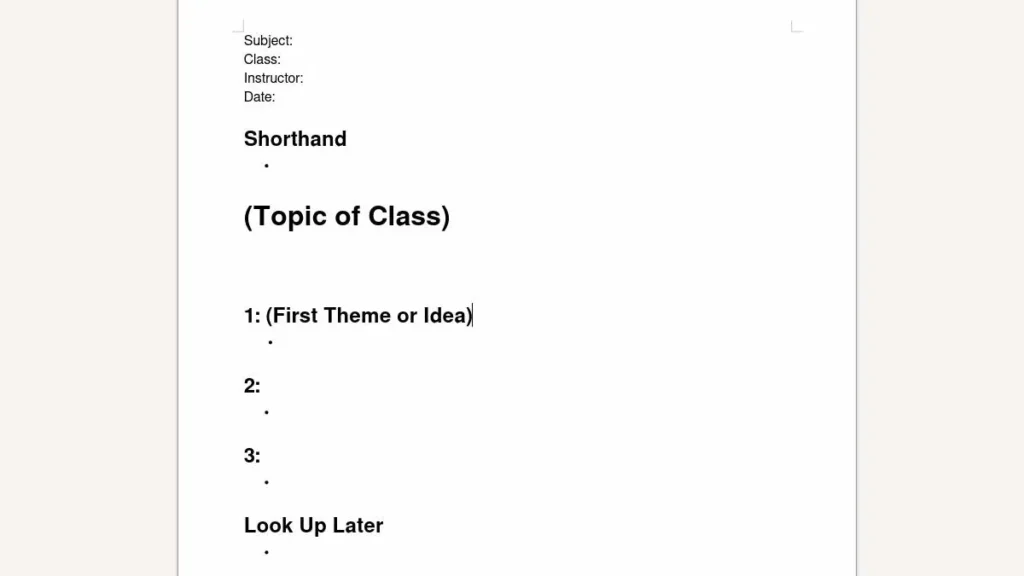
A simple template like this will make your notes easier to take during class and more accessible later.
Don’t Open Your Browser
When you open your laptop and hit the power button, you most likely have a few habits you’ve always done. Opening your email client, browser, and favorite messaging app are the most common. But when your goal is to take as much away from a lecture or study period as possible, anything that might draw your attention away from the task at hand will only hurt you. So close everything except for the application you’re taking notes in.
Use Minimalist Software
I take notes with Vim, an extremely minimalistic software that hasn’t changed much since it was first created (as vi) in 1976. There are no buttons, menus, font selection, or formatting options; you get a black screen and a white cursor.
I’m not recommending you switch to Vim (unless you want to) but using minimal software will help you stay focused on what you’re doing. Colors, font sizes, and other superficial options most note-taking apps offer won’t produce better notes for most of us.
Best Note-Taking Software for Students
There is no shortage of note-taking applications out there, but a new generation has emerged with a new set of features you should add to your study skills arsenal.
Second brain, personal knowledge management, or personal wikis are a new type of note-taking app that will supercharge your notes. With bi-directional linking, visual knowledge graphs, and huge libraries of free plugins, you’ll be at a disadvantage if you’re not using one of these apps.
Obsidian: The Popular Choice
Check out this Complete Review of Obsidian
Obsidian was built from the ground up to be a second brain application. It’s available on all platforms, and syncing your notes across devices is possible for free if you follow my guide.
Obsidian is a minimal-style software with many features you can use if you need them. The extensive use of Obsidian’s hotkeys makes it super efficient, and with its Templates and Plugins, you can set Obsidian up to be your perfect note-taking environment.
Logseq: The Free and Open-Source Choice
This comparison of Logseq vs. Obsidian will help you decide
Many think of Logseq as the FOSS version of Obsidian, but there are some differences between the two note apps.
At heart, Logseq is an outliner, and so every line starts with a bullet point. This may seem restrictive at first, but it’s this bullet point which gives Logseq its unique features. Any bullet point can be referred to in any other note, which is great if you want to pull in a quote or reference to an unrelated note. Bullet points can even be turned into flashcards by adding a card tag to the line:
#cardSo if you take notes and need to memorize the information later, you can do this without having to manually copy and paste the data into a flashcard app like Anki; you can do it all in Logseq.
Of course, bi-directional linking is standard in Logseq, and plugins will do almost anything else you can think of.
Taking Notes by Hand
For most people, taking notes with a pen and paper will make things easier and possible quicker. Handwritten notes allow you to quickly create diagrams, and graphs, circle things, and add notations like mathematical formulae.
There are plenty of effective note-taking methods you can use; just make sure your handwriting is legible! Here are the best:
The Outline Method
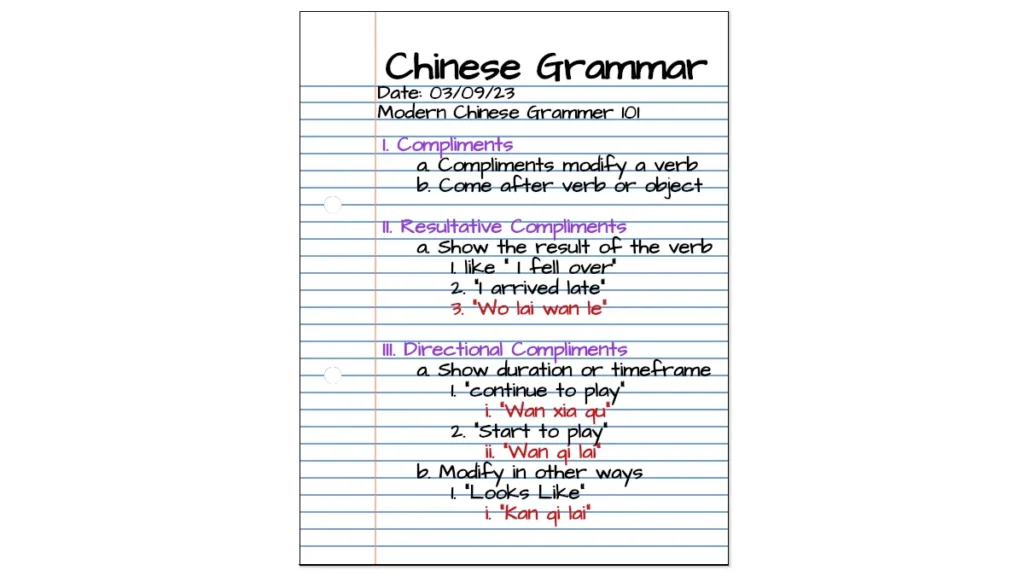
Remember learning how to make an outline when you were younger? That was time well spent because you can use the same outline method you used for writing essays or summarizing texts to take school notes too.
Here’s a reminder of how to make an outline:
- Start with a theme or topic of the class (usually denoted with a Roman numeral.)
- Add notes relating to that topic indented beneath it.
- Examples or details relating to the note can be indented beneath that.
Using an outline is a great way to organize your study notes. You can find the topics of the study notes quickly, and the details and examples help with understanding or assignments.
The Cornell Method For Taking Hand-Written Notes

The Cornell Method was first developed at (you guessed it) Cornell University; it is a note-taking method thousands of students use for making school notes. The idea is simple.
Using the Cornell Method, you split your page into three sections:
- The summary section – at the bottom of the page.
- The cues section takes up about a quarter of the page from the left.
- The remaining section is for your in-class notes.
Use the Handout
No, it’s not cheating.
Your teacher won’t always give handouts or a printed version of their PowerPoint slides, but when they do, use them!
Studies show that writing the ideas and concepts for yourself will increase understanding and retention due to the increased engagement you are forced to do when writing. But trying to copy everything verbatim will lead to a decrease in your ability to concentrate on what the professor is saying next, reducing understanding and retention.
One solution to this dilemma is to engage with the content without writing it. This is only possible if you have the notes already written in front of you in the form of some kind of printout.
You can engage with the notes on the printout by circling important ideas, underlining concepts you need to review, or starring things you must memorize later. The minimal effort required to do these simple highlights will keep you focused on what is being taught.
Visual Note-Taking Methods
There’s no shortage of ways of taking notes visually:
- Bullet journaling
- Mind maps
- Flow note-taking
- Brainstorming
- Flow Diagrams
If you consider yourself a visual learner, these may appeal to you, but they might not be the right choice for the subject you are learning or how you want to use your notes.
Visual methods are great if you are in the planning phase, are dealing with big ideas, or want to show how different parts of your notes relate to each other.
But if you want to go deep on a subject in your notes and include details of many topics or themes, your visual notes will soon become incomprehensible. Finding an idea or single fact on a page full of doodles, shapes, arrows, and lines becomes more trouble than it’s worth.
That being said, here is how to create visual notes. Use them sparingly!
Mind Mapping

To create a mind map, start with the main topic in the center. Around this topic, you can create subtopics, connecting them to the central theme. From these subtopics, you can add the details of your notes.
As you can see, this style of note-taking will get busy very quickly, but there are times when making a mind map is the best method you can choose.
The main purpose of a mind map is to show the connections between your ideas. This can be useful when you are just getting to grips with a subject, or you want to see how different ideas relate to one another.
Bullet Journal Method

Bullet journaling has come a long way from the ideas originally laid out by Ryder Carroll in The Bullet Journal Method. What started as a minimalist journal for rapid logging thoughts and actions has become synonymous with fancy lettering, theming, and washy tape.
It can be tempting to try emulating the bullet journal style in your notes, but I don’t recommend it. Remember what your goal in making notes was in the first place – it’s to get better grades. Although pretty notes may make you more willing to review them, the time you spend drawing leaves around each page could be better spent doing anything else.
Flow Diagrams

Much like the mind mapping example above, flow diagrams are great for showing the relationships between ideas. In fact, adding arrows and connecting different parts of the drawing is the whole point. But when you’re taking notes so you can go back and remember the details later, a flow diagram will be a mess. You just want a list (outline method) to do that.
A good flow diagram may help you show the events that led to the Church of England splitting from Rome, but if you had to take notes on the beliefs and founding documents of the Church, you need a less visual note-taking method.
Quick Summary of How to Take the Best School Notes for You
- Prepare before class.
- Choose digital or handwritten notes.
- Start with a template for digital notes, and use a note-taking method for jotting down by hand.
- Chose the method that best suits the purpose of your notes.


